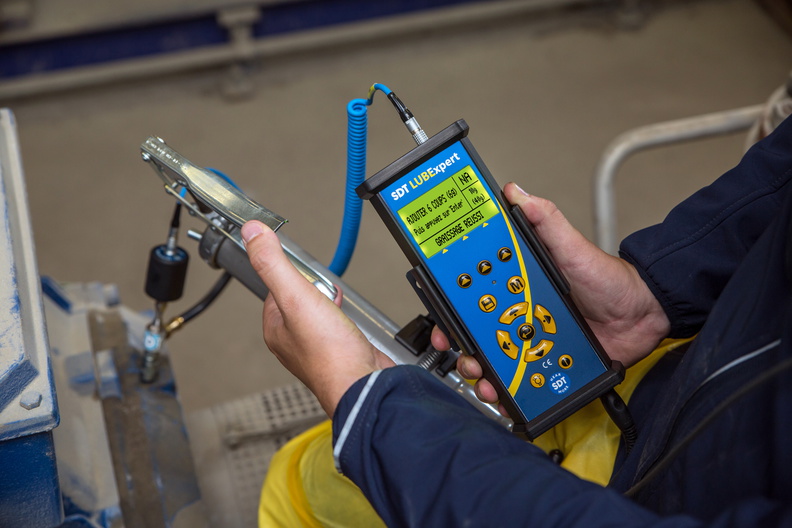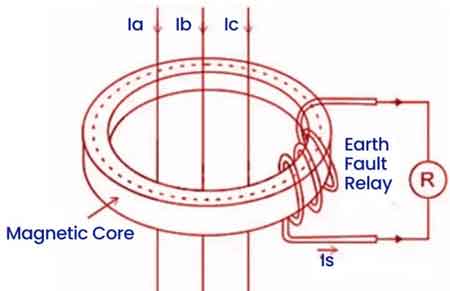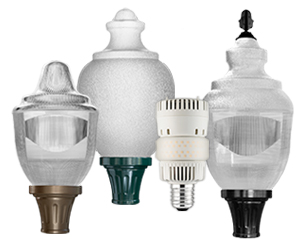Lightning Protection
By R.W. Hurst, Editor
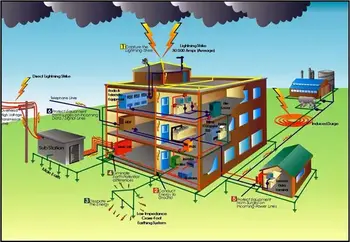
Power Factor Training
Our customized live online or in‑person group training can be delivered to your staff at your location.
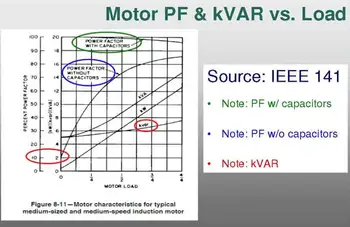
- Live Online
- 6 hours Instructor-led
- Group Training Available
Download Our OSHA 3873 Fact Sheet – Minimum Approach Distance and Training Requirements

- Calculate MAD using voltage and overvoltage values
- Ensure proper communication between host and contract employers
- Meet OSHA training requirements for qualified electrical workers
Lightning protection integrates air terminals, down conductors, bonding, grounding, and surge protective devices to manage transient overvoltages, ensuring code compliance per IEC 62305 and NFPA 780 for critical electrical systems.
What Is Lightning Protection?
Lightning protection is a designed system of air terminals, bonding and grounding that directs strikes safely to earth.
✅ Conforms to IEC 62305 and NFPA 780 risk management standards
✅ Air terminals, down conductors, bonding, and low-resistance grounding
✅ Surge protective devices limit transient voltage and equipment damage
Lightning protection is essential for structures and systems at risk of lightning strikes. Strikes can cause significant damage to infrastructure and equipment and even pose a threat to human life. Effective measures, including rods, surge protection, grounding, arrestors, electrical bonding, Faraday cages, conductors, and shielding, can mitigate the risk of damage caused by strikes. Therefore, it is essential to work with experienced professionals to design and implement a comprehensive system tailored to your specific needs and to follow the relevant standards and guidelines to ensure effective and safe installation.
Installing lightning rods is one of the most effective ways to protect against strikes. A rod is installed at the highest point of a structure, designed to attract strikes. It conducts the safely to the ground, protecting the building and its occupants from damage. Lightning rods are widely used for industrial, commercial, and institutional power systems.
Surge protection is another critical aspect. Lightning strikes can produce extremely high voltages that can cause power surges in electrical systems, damaging sensitive electronic equipment and even causing fires. Surge protection devices limit the voltage that passes through an electrical system, preventing damage caused by power surges. For selection and application guidance, review the fundamentals of surge suppression to match SPD classes and coordination.
Test Your Knowledge About Power Quality!
Think you know Power Quality? Take our quick, interactive quiz and test your knowledge in minutes.
- Instantly see your results and score
- Identify strengths and areas for improvement
- Challenge yourself on real-world electrical topics
Grounding is another vital component. It provides a safe path for electrical current to flow to the ground in the event of a strike. As a result, grounding prevents electrical damage to equipment and structures, reducing the risk of injury to individuals near the strike. Grounding is essential for industrial, commercial, and institutional power systems. A well-designed grounding system manages fault currents and step-and-touch potentials effectively.
In some industrial processes, facilities use high-resistance grounding to limit ground-fault current and reduce arc-flash risk while maintaining uptime.
Arrestors are also practical tools for protecting against strikes. An arrestor limits the electrical current that passes through a circuit. When a strike occurs, the arrestor diverts the current safely to the ground, protecting the course from damage. Arrestors are commonly used in industrial, commercial, and institutional power systems. For specification and maintenance, see this overview of lightning arresters used on distribution and plant equipment.
Electrical bonding is another crucial aspect. Electrical bonding connects all metal objects within a structure to a common grounding point, preventing differences in electrical potential between metal objects that can cause sparks and fires in the event of a strike. Electrical bonding is crucial for industrial, commercial, and institutional power systems. Best practices for grounding and bonding help avoid dangerous potential differences and ensure compliance.
Faraday cages are also used to protect against strikes. A Faraday cage is a metal enclosure that blocks electromagnetic fields, including those produced by lightning strikes. When strikes a Faraday cage, the metal enclosure conducts the electrical charge safely to the ground, protecting any equipment or individuals inside the cage from harm. Faraday cages are effective for industrial, commercial, and institutional power systems.
Lightning strikes can cause significant damage to power systems, including power lines, transformers, and other electrical equipment. Lightning conductors protect these critical components by providing a safe path for electrical current to flow to the ground. A conductor is typically a metal rod or wire installed on the top of a power pole or other structure connected to a grounding system. Conductors are commonly used in industrial, commercial, and institutional power systems. In large yards and substations, a properly engineered ground grid enhances equipotential control and step-voltage safety.
Shielding is also essential to lightning protection for industrial, commercial, and institutional power systems. Lightning shielding involves using materials designed to absorb or deflect the energy from a strike. This can include using conductive materials, such as copper or aluminum, and non-conductive materials, such as carbon fibre or fibreglass. Lightning shielding is critical for protecting equipment and individuals near a lightning strike.
Strikes can pose a severe threat to industrial, commercial, and institutional power systems, causing damage to critical infrastructure and equipment and even posing a risk to human life. Effective measures, including rods, surge protection, grounding, arrestors, electrical bonding, Faraday cages, conductors, and shielding, can mitigate the risk of damage caused by strikes. Therefore, working with experienced professionals to design and implement a comprehensive system tailored to your specific needs is essential. Lightning protection professionals can assess the risk of strikes to your structure or system and design a custom solution to provide adequate protection. They can also offer regular maintenance and inspections to ensure the system remains in good working order.
FREE EF Electrical Training Catalog
Download our FREE Electrical Training Catalog and explore a full range of expert-led electrical training courses.

- Live online and in-person courses available
- Real-time instruction with Q&A from industry experts
- Flexible scheduling for your convenience
What is lightning protection, and why is it important?
It is a set of measures to reduce the risk of damage caused by strikes to structures and systems. It is essential because strikes can cause significant damage to infrastructure and equipment and even pose a risk to human life.
What are some methods of lightning protection?
Methods include rods, surge protection, grounding, arrestors, electrical bonding, Faraday cages, conductors, and shielding.
Is lightning protection necessary?
It is necessary for structures and systems at risk of strikes. The level of protection required depends on the specific situation and the risk of strikes.
What are the common myths and misconceptions about lightning protection?
Common myths and misconceptions include the belief that lightning never strikes the same place twice, that trees protect against strikes, and that lightning only strikes tall objects.
What does it do?
It reduces the risk of damage caused by strikes by providing a safe path for electrical current to flow to the ground, limiting the amount of voltage that passes through an electrical system, and protecting against the electromagnetic fields produced by strikes.
How much does it cost?
The cost varies depending on the size of the structure or system, the level of security required, and the specific measures used. Therefore, working with experienced professionals to design and implement a comprehensive system tailored to your needs is essential.
How does a lightning rod work in protecting a building from lightning strikes?
A lightning rod is installed at the highest point of a structure, designed to attract strikes. When it strikes the rod, it conducts the electrical charge safely to the ground, protecting the building and its occupants from damage.
What are the different types of systems available?
Different systems include Franklin rod, air terminals and conductors, mesh, and isolated systems. The specific system used depends on the particular situation and the level of protection required.
What are the standards for installation?
The standards for installation vary depending on the country and region. In the United States, the National Fire Protection Association (NFPA) publishes standards for installation, including NFPA 780, Standard for the Installation of Lightning Protection Systems. It is essential to follow these standards to ensure effective and safe installation. Complementary provisions for grounding and bonding in CSA and NEC can inform design choices alongside NFPA 780.







